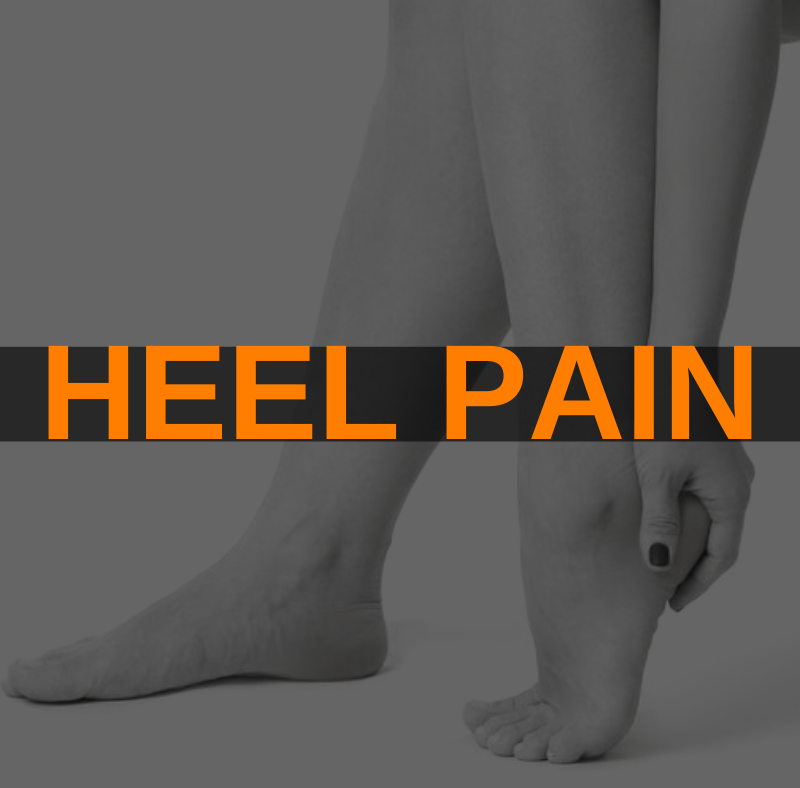
Whether you’ve experienced it yourself or have clients who have complained of it, you’ve likely heard of plantar fasciopathy, or more likely, plantar fasciitis. It is a common injury and the most common cause of heel pain, affecting 1 in 10 people in their lifetime. So, what is it exactly and how can we reduce the aggravating pain?
What is plantar fasciopathy?
Plantar fasciopathy is an umbrella term to describe injury to the plantar fascia. It involves pain and structural changes– including microtears, thickening and degeneration of the tissues– at the proximal insertion of the plantar fascia in the calcaneus.
Though plantar heel pain is often believed to be plantar fasciitis, which implies active inflammation, growing research suggests that many cases are more likely to be plantar fasciosis, a more chronic condition in which there is degeneration of the plantar fascia. Untreated plantar fasciitis can result in plantar fasciosis, and most individuals will not seek help for the condition until it has become chronic.
Nonetheless, these conditions present the same: sharp pain on the bottom of the heel upon waking, or after a period of rest, which tends to get better after walking for a while but worsens with impact sports and activities.
Understanding the causes
There is not much evidence to suggest a specific cause of plantar fasciopathy, but there are various risk factors which contribute to the onset of this condition:
- Participation in sports which repeatedly stress the plantar fascia, like running and dancing
- Tightness, or shortening, of posterior muscles of the lower limb (i.e., hamstrings and calves)
- Limited ankle dorsiflexion, usually related to lower extremity dysfunction
- Abnormalities of the feet: high arches or flat feet, severe hallux valgus (bunions)
Additional risk factors like age and genetics can play a role in degenerative changes and thus make someone more prone to injury.
How to resolve pain
As with anything, because there is not just one cause of plantar fasciopathy, there is also not just one solution. Taking an individualized approach will yield the best results.
It is necessary to get a proper diagnosis to decide the course of treatment and, more specifically, whether or not to treat for inflammation. In most cases, plantar fasciopathy is managed through primary healthcare practices and doesn’t require the attention of a specialist unless symptoms are resistant to conservative treatment. Additionally, it is helpful to understand the primary cause of the condition which varies between individuals. This is where an astute and skillful fitness professional can be of help.
Still, in cases of both plantar fasciitis and plantar fasciosis, there are several stretches and exercises which can be beneficial to relieve pain, expedite healing and prevent further degeneration:
- Self massage the foot
-Roll a soft tennis ball or therapy ball under the foot before walking or weight-bearing in the morning or after a period of inactivity. - Gently stretch the plantar fascia
-While seated and after massaging the bottom of the foot, cross the injured foot over the opposite knee and gently pull the big toe toward the shin. It is important not to be overly aggressive with stretching as it can be counterproductive in cases of plantar fasciosis. - Foam roll and stretch the calves
-Foam rolling, or using a massage ball, and stretching the calves can free up the superficial back line of fascia and help to improve ankle dorsiflexion. - Strengthen the intrinsic muscles of the foot
-In addition to stretching, adding strengthening early on can lead to a quicker resolution of symptoms than stretching alone. Toe curls and eccentric calf raises are among some strengthening exercises which can improve the outcome of treating plantar fasciopathy.
The good news is that most cases can be managed with conservative, non-operative treatment and 90% of patients resolve symptoms within 12 months.
Clients dealing with chronic pain will need support and encouragement, and the research in plantar fasciopathy serves as a promising reminder that with care and attention, the pain is only temporary.
References:
Monteagudo M, de Albornoz PM, Gutierrez B, Tabuenca J, Álvarez I. “Plantar fasciopathy: A current concepts review.” EFORT Open Rev. 2018; 3(8): 485–493. Published 2018 Aug 29.doi:10.1302/2058-5241.3.170080; https://www.ncbi.nlm.nih.gov/pmc/articles/PMC6134886
Fraser JJ, Corbett R, Donner C, Hertel J. “Does manual therapy improve pain and function in patients with plantar fasciitis? A systematic review.” J Man Manip Ther. 2018;26(2):55–65. doi:10.1080/10669817.2017.1322736. https://www.ncbi.nlm.nih.gov/pmc/articles/PMC5901427
Patel A, DiGiovanni B. Association between plantar fasciitis and isolated contracture of the gastronemius. Foot Ankle Int. 2011;32:5-8.
Capobianco RA, Mazzo MM, Enoka RM. Self-massage prior to stretching improves flexibility in young and middle-aged adults. J Sports Sci. 2019;37(13):1543-1550.
Huffer D, Hing W, Newton R, Clair M. Strength training for plantar fasciitis and the intrinsic foot musculature: A systematic review. Phys Ther Sport. 2017;24:44-52.






